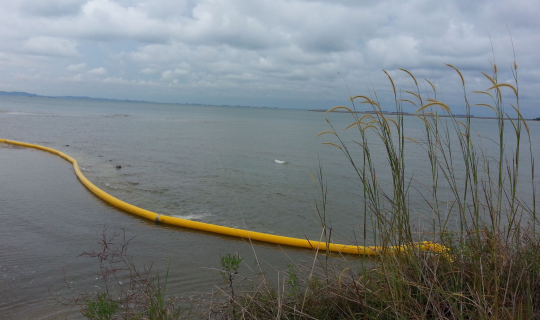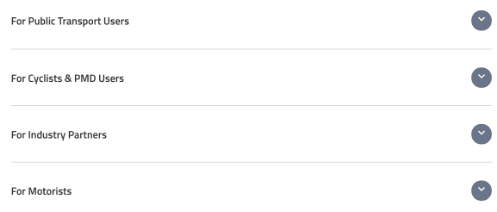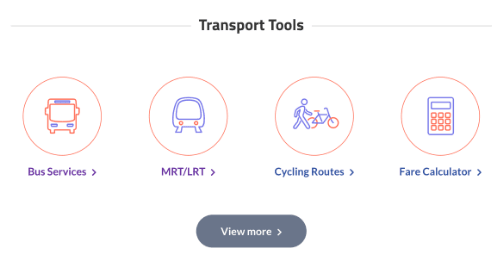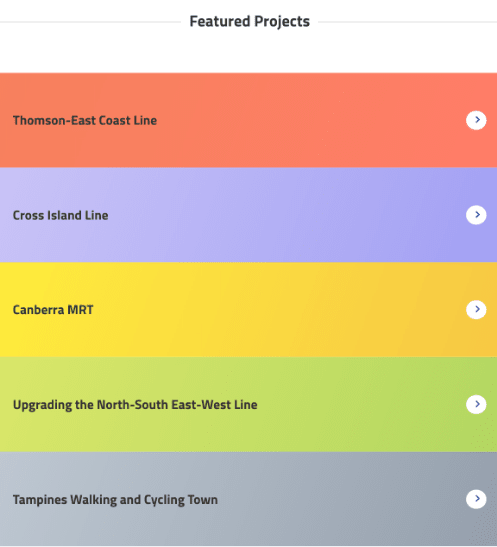Building a sustainable land transport system is crucial amid the rapid development of our small island nation. To limit the environment impact of our projects and promote sustainability efforts, LTA has implemented a holistic environmental management system that is used throughout the planning, design and construction stages of projects.
For every project that has been identified to have significant environmental impact, an Environmental Study will be carried out at the design stage to assess the significance of potential impacts of construction work and recommend mitigation measures. Prior to construction, contractors must develop an environmental management plan that incorporates and implements recommendations from the Environmental Study report.
In addition to implementing a holistic environmental management system, LTA is helping to advance Singapore’s goal in achieving sustainable development as part of the Singapore Green Plan 2030. This is done by mandating that all projects adopt environmentally sustainable practices at construction sites.
To highlight best management practices, and guide our staff and contractors on how to mitigate the environmental impact of work activities as well as improve resource conservation, LTA has produced a series of environmental guidebooks:
- Construction Waste Management at LTA Sites (PDF, 6.3MB)
- Guidebook for Sustainable Practices at LTA Sites (PDF, 6.1MB)
- Noise Control at LTA Sites (PDF, 5.3MB)
- Noise Guidance: Developing A Noise Management Plan (PDF, 4.2MB)
- Vector Control at LTA Sites (PDF, 15.3MB)
- Water Resources at LTA Sites (PDF, 6.7MB)


































